Jul 30
Natural gas and electricity prices climb to record highs
The general upward trend [1] in electricity and natural gas retail prices, that is being observed since the start of the year, is becoming more distinct in the last months, as significant price increases are occurring more often. Energy markets took on average a sharp fall during 2020 due to the pandemic crisis, which in many cases resulted in new lows. Thus, the bounce back to the usual levels was expected after the resumption of the world activity. However, there are several cases where prices are not only returning to the pre-covid levels but surging even further reaching historical high records.
The primary reason [2] explaining this energy inflation is that the economic recovery, which is firmly linked with the resumption of the world activity, led to the appreciation of raw materials (including natural gas and coal). To amplify that, the relatively cold winter across Europe extended the heating season and consequently increased gas demand, driving natural gas storages to their lowest seasonal levels on a global scale. High transport prices for liquefied natural gas (LNG) from Asia and limited exporting capacities from Russia also played a role.
Additionally, the EU plans on reducing CO2 emissions allowances to meet the target of 2030 drove the EU emission trading scheme price upwards reaching an all-time high in July. In line with all these events, electricity prices are also surging to historical highs and there is no sign of declining yet. On the contrary, a potentially expensive winter season for households across Europe is expected.
The natural gas market saw several major increases in July. The most remarkable of them were the following:
The natural gas price in Latvia plummeted in the 2nd half of 2020 as a consequence of the pandemic, reaching its lowest price levels observed in the past 12 years, followed by an increase in the 1st semester of 2021. On July 1, the end-user price rose [3] further by 40% following the natural gas price increase in global markets and the domestic distribution service cost increases announced by the DSO Gaso, related to investment, maintenance and modernization of Latvia’s gas infrastructure.
In Lithuania [4], the natural gas price is calculated twice a year by the National Energy Regulatory Council. In July, natural gas end-user prices increased by 32% compared to the previous month, which resulted in the highest gas price levels observed in the past 7 years in Vilnius, since the 1st half of 2014.
In Paris [5], the upward trend of natural gas end-user prices noticed in the last 12 months (except for April 2021, when the price dropped by 3%) continued further this month leading to a 9% price increase. This constitutes the second largest monthly end-user price observed in the past 7 years (only lower than November 2018).
In Rome [6], the natural gas end-user price has increased by 8% in July, reaching its historically highest levels since 2015. This was mainly due to an increase in the energy component amplified by a slighter increase in system costs. To mitigate the rise of gas bills, the regulatory authority announced it will continue the support of certain vulnerable households by providing social bonuses also in July.
On the other hand, in the electricity market 1/3 of the capitals covered in this survey marked their historically highest end-user price in July. More specifically, those would be: Belgrade, Bern, Bucharest, Kyiv, London, Paris, Prague, Sofia, Tallinn, Vienna and Vilnius. The most significant price changes this month were the following:
In Amsterdam [7], the electricity end-user price has increased by 11% in July, mainly due to a 17% increase in the energy component, which now constitutes its highest price observed in the last 7 years. This comes as a result of the higher variable contract prices announced this month, that are revised twice a year, in January and July each year.
In Tallinn [8], the electricity end-user price has reached its highest level since 2015, currently standing at 17.14 c€/kWh. The lion’s share of this increase belongs to the energy component which has risen by 21% compared to previous month and 48% compared to previous July (the change is 30% and 59% since 2019 and 2018 respectively).
Author: Ioannis Korras, Energy Market Analyst
Sources:
[1] IEA: “Gas Market Report Q3-2021”
[2] Reuters: “Record-breaking summer European gas prices signal an expensive winter”, 07.07.2021
[3] Latvijas Gāze: “1. jūlijā stājas spēkā jaunie dabasgāzes un sadales sistēmas operatora Gaso tarifi mājsaimniecībām”, 10.06.2021
[4] Delfi: “Didėjančios dujų ir elektros kainos verčia nerimauti dėl brangsiančių paslaugų ir lėčiau augsiančių atlyginimų”, 29.06.2021
[5] CRE: “Evolution des tarifs réglementés de vente de gaz d’Engie et des ELD”, 25.06.2021
[6] Arera: “Energia: +9,9% per l’elettricità e +15,3% per il gas”, 01.07.2021
[7] Gaslicht: “De energierekening gaat per 1 juli flink omhoog”, 22.06.2021
[8] ERR: “Eesti rekordilise elektrihinna taga on madal taastuvenergia tootmine”, 14.07.2021
